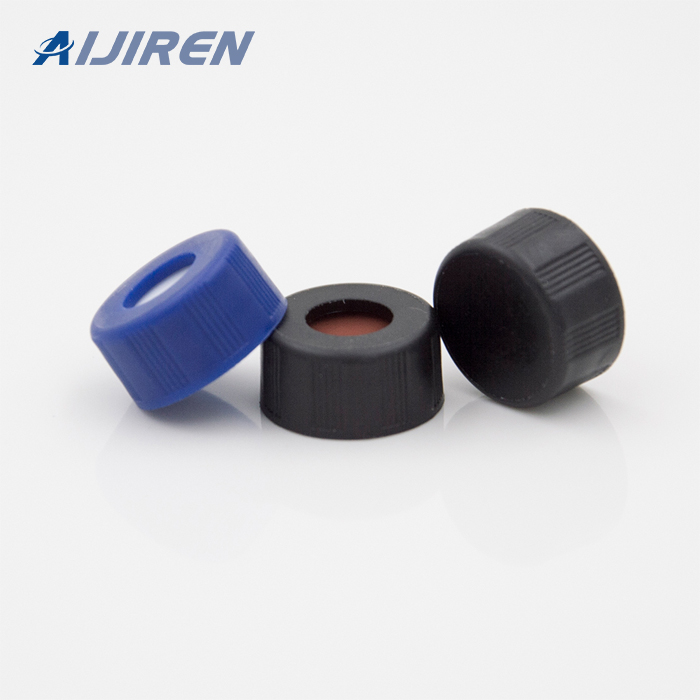

Mar 6, 2017 · The sample signal to noise ratio (SNR) is defined as the ratio of the mean to the standard deviation: SNR = x¯ s. where s is the sample standard deviation and x¯ is the sample mean. This is the reciprocal of the coefficient of variation: cv = s x¯. That is, it shows the variability, as defined by the standard deviation, relative to the mean.
Mar 22, 2023 · Signal-to-noise ratio is a measurement that describes the performance of an audio system in terms of noise, signal quality and fidelity. It’s calculated by comparing the strength of the audio signal to the base level of noise in the system. A high signal-to-noise ratio means that the content of your sound is strong and clear in comparison to
Signal-to-Noise Values in Empower 3 . Calculating the signal-to-noise ratio . Calculating the signal-to-noise ratio from within the same chromatogram . You can calculate USP, EP, and JP signal -to-noise ratios using the same chromatogram without having to make blank injections in the same sample set or without the need to create a custom field. 1.
May 20, 2015 · The signal-to-noise ratio (SNR), a commonly used measure of fidelity in physical systems, is defined as the ratio of the squared amplitude or variance of a signal relative to the variance of the noise. This definition is not appropriate for neural systems in which spiking activity is more accurately represented as point processes.
Figure 2 – EP Signal-to-Noise Determination . The Empower 2 Height calculation is slightly different than that defined in the EP. Empower 2 assumes that the peak has been integrated so as to draw the baseline at the bottom of the
Fig. B3.5 shows how the signal-to-noise ratio can be estimated from a recorder tracing. We start by drawing a line through the center of the baseline noise and another line through the center of the signal noise envelope. The distance between the two lines is the average signal (in this case, 33 mm).
Let’s take a look at two different rooms. In one, the average signal strength is -20, the noise is around -60. To get the signal to noise ratio, it’s the signal minus the noise, which means we have an average signal to noise of 40 in this case: Signal to Noise Ratio. How about room 2, where the signal is also -20, but the noise is -25.
The ratio can be zero, a positive number or a negative number. A signal-to-noise ratio over 0 dB indicates that the signal level is greater than the noise level. The higher the ratio, the better the signal quality. For example, a Wi-Fi signal with S/N of 40 dB will deliver better network services than a signal with S/N of 20 dB. If a Wi-Fi
In electronics, noise is an unwanted disturbance in an electrical signal. [1] : 5. Noise generated by electronic devices varies greatly as it is produced by several different effects. In particular, noise is inherent in physics and central to thermodynamics. Any conductor with electrical resistance will generate thermal noise inherently.
Feb 12, 2016 · Here, we describe a standardized and objective method for quantifying waveform quality in individual subjects and establishing criteria for subject exclusion. The approach uses bootstrap resampling of ERP waveforms (from a pool of all available trials) to compute a signal-to-noise ratio confidence interval (SNR-CI) for individual subject waveforms.
Jun 5, 2023 · To calculate the signal-to-noise ratio, you need the level of both the signal and the noise. Then: If you have the signals in decibels (dB), subtract noise from the signal. If your calculations are in watts, use the power signal-to-noise ratio formula SNR = 10 × log (signal / noise).
Embed the pulse in white Gaussian noise such that the signal-to-noise ratio (SNR) is 53 dB. Reset the random number generator for reproducible results. rng default SNR = 53; y = randn (size (x))*std (x)/db2mag (SNR); s = x + y; Use the snr function to compute the SNR of the noisy signal.
This noise and artifacts in the signal is a serious issue to be considered, as this will adversely effects the quality of the signal. Also the analysis of EMG signals are difficult due to this. So a filtering is done on the received signal inorder to remove the unwanted signal before it is being used by the system. Thus the signal to noise
Nov 20, 2017 · Background Cardiac diffusion tensor imaging (DTI) is limited by scan time and signal-to-noise (SNR) restrictions. This invariably leads to a trade-off between the number of averages, diffusion-weighted directions (ND), and image resolution. Systematic evaluation of these parameters is therefore important for adoption of cardiac DTI in clinical routine where time is a key constraint. Methods
Nov 10, 2022 · Issue. Excessive baseline noise can be introduced at different points including sample preparation, sample introduction, separation, and the detector. The excessive background can cause reduced signal-to-noise (detection limit), creating inaccurate quantitative or qualitative results.